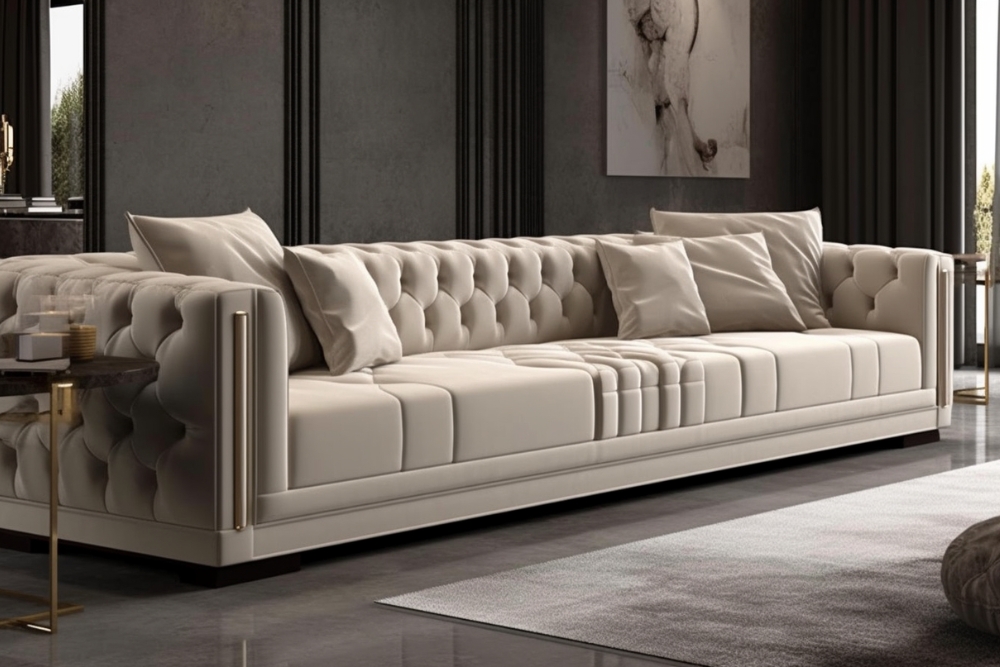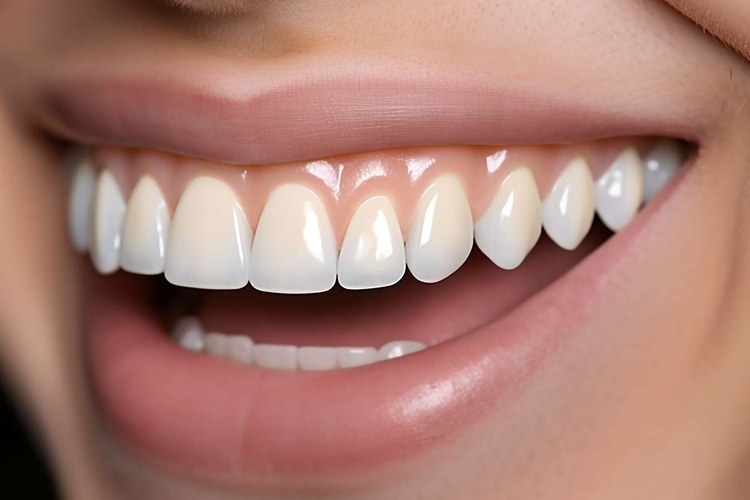Couches & Sofas: Timeless Comfort Meets Modern Style
Discover how the right sofa can transform your living room into a comfortable, stylish hub. This guide covers sizing tips, current design trends, financing options, durable materials, and practical care advice. Learn how to choose a couch that fits your space, budget, and lifestyle while staying on-trend and built to last.

Your sofa is more than just seating—it’s often the focal point of the living room, a place for relaxation, conversation, and everyday life. Picking the right piece means balancing scale, comfort, durability, and style. Use this practical guide to make informed choices about size, design trends, financing, materials, and upkeep so your couch remains a comfortable, stylish centerpiece for years to come.
How to Choose the Right Size Sofa for Your Living Room
Begin by measuring your room precisely. Note the length and width of the space, the location of doors, windows, and walkways, and the footprint of other furniture. A useful guideline is to leave approximately 18 inches of clearance around the sofa to allow for comfortable circulation, though tighter layouts may require less.
Think about proportion: a sprawling sectional can dominate a small room, while a petite loveseat may look out of place in a large, open-plan area. Also measure doorways, stairwells, elevators, and corners to confirm delivery feasibility. Finally, consider how you’ll use the sofa—if it’s the main seating for family movie nights, prioritize depth and cushion comfort; for a formal sitting area, a shallower, more structured sofa may be appropriate.
What Are the Latest Trends in Sofa Design?
Sofa styles keep adapting to how people live. Modular sofas remain popular because they can be reconfigured for different occasions and layouts. Mid-century modern silhouettes—clean lines, tapered legs, and tufting—continue to resonate for their timeless appeal. At the other end of the spectrum, oversized, ultra-plush models designed for lounging and long movie sessions appeal to comfort-first buyers.
Sustainability is influencing design and manufacturing: eco-friendly fillings, recycled fabrics, and responsibly sourced woods are increasingly common. Color trends lean toward safe neutrals for versatility, while richer jewel tones and bold patterned upholstery are returning for those who want a statement piece in their living room.
How Can Financing Help with Sofa Purchases?
High-quality sofas can be a significant investment. Many retailers offer financing plans that let you spread payments over months or years, making premium options more attainable. Some stores promote interest-free periods—useful if you can clear the balance within the promotional timeframe.
Before signing up, read the fine print. Compare annual percentage rates, monthly minimums, late fees, and the total cost of credit. Evaluate whether a financing plan fits your budget and whether paying upfront or using a store card is the better financial choice for your situation.
What Are the Best Materials for Long-lasting Sofas?
Frame: The backbone of durability is the frame. Opt for hardwoods like oak, beech, or ash when possible, as these species provide strength and long-term stability. Avoid soft woods and particleboard for primary structural elements if you want longevity.
Upholstery: Leather and high-performance fabrics lead the pack for longevity. Top-grain leather ages gracefully and resists stains and tears when maintained properly. For fabric options, search for tightly woven textiles with high double-rub counts; microfiber and performance fabrics are engineered to resist abrasion and stains, making them ideal for homes with frequent use or pets.
Cushioning: High-resilience foam wrapped in down or a down alternative offers a balance of support and softness. Look for removable cushion covers to make cleaning easier and extend the life of the upholstery.
How to Care for Your Sofa to Extend Its Lifespan
Routine care preserves appearance and performance. Vacuum upholstery regularly with an upholstery attachment to remove dust and particulates that degrade fibers. For leather, use a cleaner and conditioner formulated for the specific leather grade to prevent drying and cracking.
Rotate cushions and flip reversible cushions to encourage even wear. Deal with spills quickly: blot liquids, avoid scrubbing, and follow manufacturer instructions for cleaning solutions. Use arm covers, throws, or slipcovers in high-use zones to protect fabric. Keep sofas out of direct sunlight and away from heat sources to prevent fading and material breakdown.
Professional cleaning every 12–24 months can be a worthwhile investment for maintaining fabric integrity and appearance, especially for high-traffic pieces.
| Sofa Type | Provider | Key Features | Cost Estimation |
|---|---|---|---|
| Sectional | Ashley Furniture | Modular configuration, stain-resistant fabric | $1,500 - $3,000 |
| Leather Sofa | La-Z-Boy | Full-grain leather, power recline options | $2,000 - $4,000 |
| Mid-Century Modern | West Elm | Solid wood frame, tufted upholstery | $1,200 - $2,500 |
| Sleeper Sofa | Joybird | Memory foam mattress, customizable fabrics | $1,800 - $3,500 |
Prices, rates, or cost estimates mentioned in this article are based on the latest available information but may change over time. Independent research is advised before making financial decisions.
Choosing the right sofa requires balancing aesthetics, comfort, space, and budget. When you invest in quality construction and materials, and follow consistent maintenance practices, your couch can remain both beautiful and functional for many years. Whether you prefer the sleek lines of mid-century pieces, the flexibility of modular sectionals, or the classic feel of leather, selecting the right sofa will help create a welcoming living space where memories are made and everyday life unfolds.






